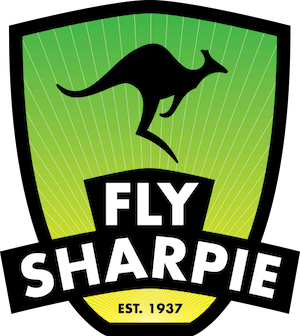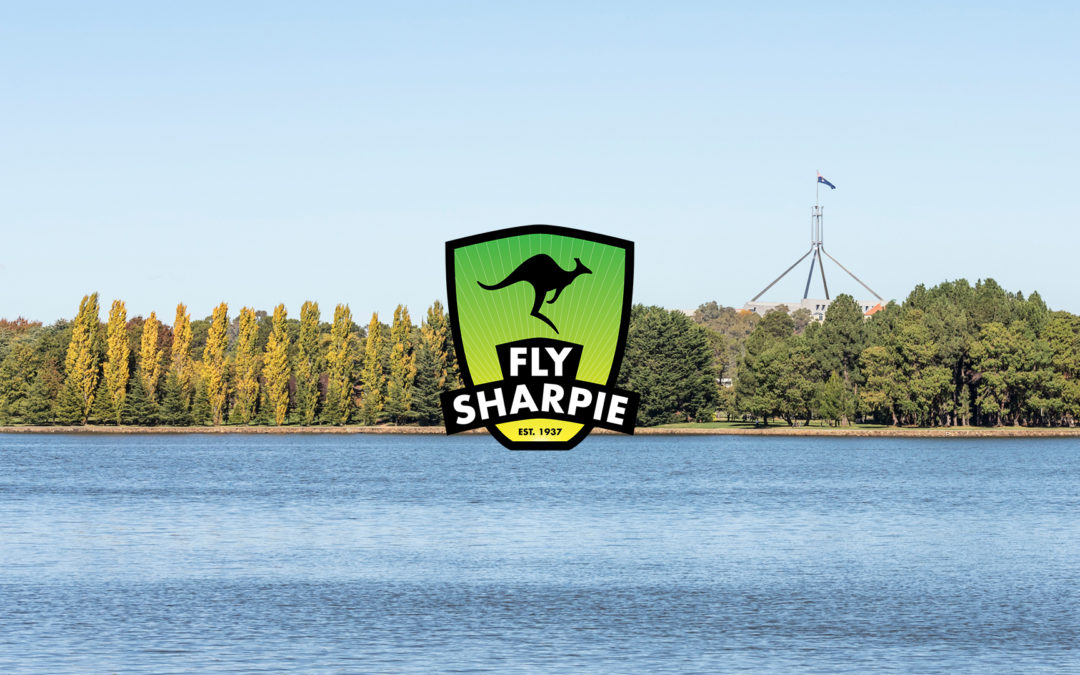CAMPAIGNING PEELGRANE MARINE
I began the campaign 18 months before the Nationals. The first priority was a good crew. With Tony Hansen and Neil Harrison, their experience and talent was an essential element.
The next stage began with planning – firstly the design and layout of the boat, secondly our program of racing, training -and tuning and thirdly our national program.
The first stage involved a decision on hull shape. We decided to use standard Hazelgrove hull, although we had entertained the idea of building a flatter timber/west system boat. The ‘Macca” hull was only changed in a couple of minor ways. The frame that supports the stays was shifted 2 inches further forward, the control box was reduced in length by 3 inches, and the rear frame under the main sheet was moved forward 6 inches.
The layout was a fairly complicated one, but which enabled full adjustment of all the controls. The console has lowers 24:1, jib barber haulers 6:1, forestay fine adjustment 24:1, vang 16:1, stays 24:1, and foot out haul 6:1. On the centre case top are cunningham eye 4:1, and coarse adjustment 12:1. Jib luff 2:1 and 3rd stay control, 6:1 are on the foredeck. A traveller is at deck level with a windward sheeting car system. We had the kite leads led through the deck 500mm aft of the centre case and leading through ratchet blocks and cleating on Harken cleats knotched into the coamings. The kite barber haulers also had servo cleats in the coaming notches further aft.
Our stays have a three position adjustment 100mm apart on the deck, running through deck blocks. The stays can be shifted fore and aft to any position while sailing.
We chose a Peelgrane VM-2 round top initially when we first launched the boat, but we soon found this mast was a little too stiff in the head, so we changed to the VM-2 FlipTop, as I previously used “Sandpit”. We rigged both masts identically so they could be changed easily. Spreaders at 3.0 metres above the deck, 430mm long, tip to tip measurement at about 790 but at the end of the Nationals they were actually 740. Lowers were fitted 760mm above the deck. Our sails were from One Design.
The main being Dimension Tri-ply with fairly deep shape and a straight tight leach. We found this sail difficult to read in the head in light air, so we have to pull cunningham eye on hard to bend the top of the mast and flatten the sail in that area. Our jibs we have used have been the same shape – fine off the entry and of moderate depth, but a light weight cloth was used for light weather.
The kites have proved to be excellent. We have showed very good speed downwind in all conditions – especially running and broad reaching. We put our kite leads 500mm further aft than normal we were able to carry the kite tighter with less back winding of the main.
The Nationals at Middle Harbour provided a different challenge for all who competed, with a wide range of trying conditions, it was necessary to have a quick boat, combined with good tactics. We found our success was due to a few factors: a good clean air start, position in the fleet to enable freedom to tack, as the breeze was always oscillating, and a good position at the first mark.
It was important to sail towards the closest land mass or headland off the start, to gain the lifts the breeze curved around the land. Also this usually kept us out of the tide which had a major contribution to boat speed. I found the need for intense concentration and at times ruthless steering to keep the boat on an optimum course upwind. In one particular race upwind, the breeze was around 10-15 knots and oscillating about 20 degrees, with a tide going out against the 2 metre swell with a wind chop on top of that. As the swells came in, the bow would be pushed up, so I needed to pull away hard, then as the swell went past, the boat would be pointing too low, so I needed to push it back up hard. This continued to a few hundred metres. Constantly steering up, down, up, down, combined with the shifts and gusts, made it very difficult sailing. We also found the need to sail into the windward lines and gusts, but without ignoring the large wind shifts.
Downwind proved another challenge. The following boat generally was able to run down on a boat ahead with the gusts. We sailed high angles in order to sail across the breeze more, therefore able to use the shifts to our advantage. Tactically to windward we covered from directly up-wind rather than dead ahead or abeam and when in a poor position we often kept either ahead and to leeward or stood out to the weather quarter position. On reaching legs we kept up to weather, always passing to windward, and therefore remaining in a position to get the gusts first.
We had a weight of 35 stone on board which was a little heavy, but in the shifting conditions, the major factor to success was where we went, not how fast we were going, although we were rarely with a speed problem. Together with good starts, excellent first beats where we led at the first mark in four races, fast downwind speed and above all good crew work and tactics all combines to lift our standard to be able to dominate the nationals.

